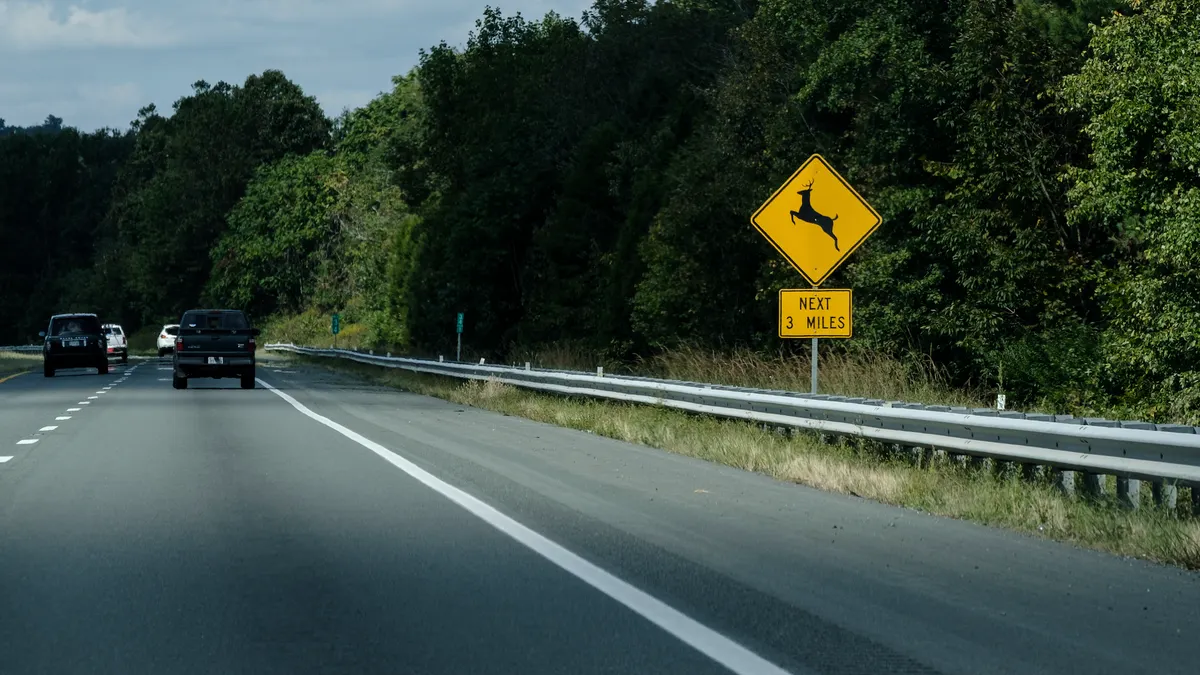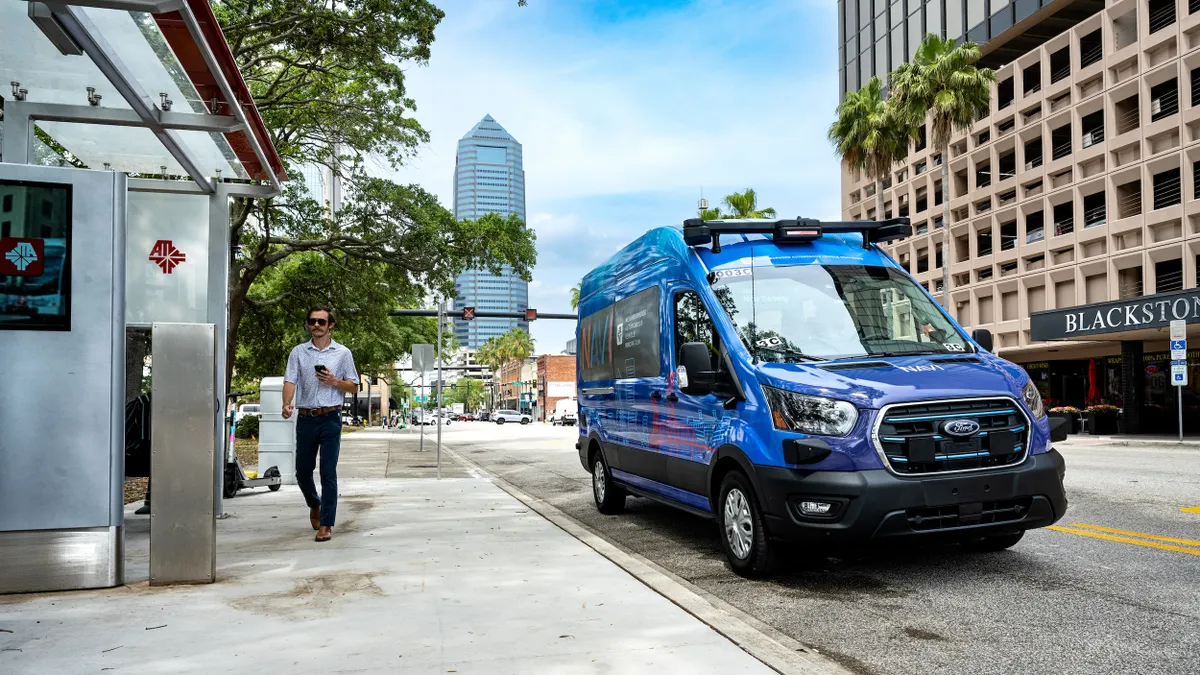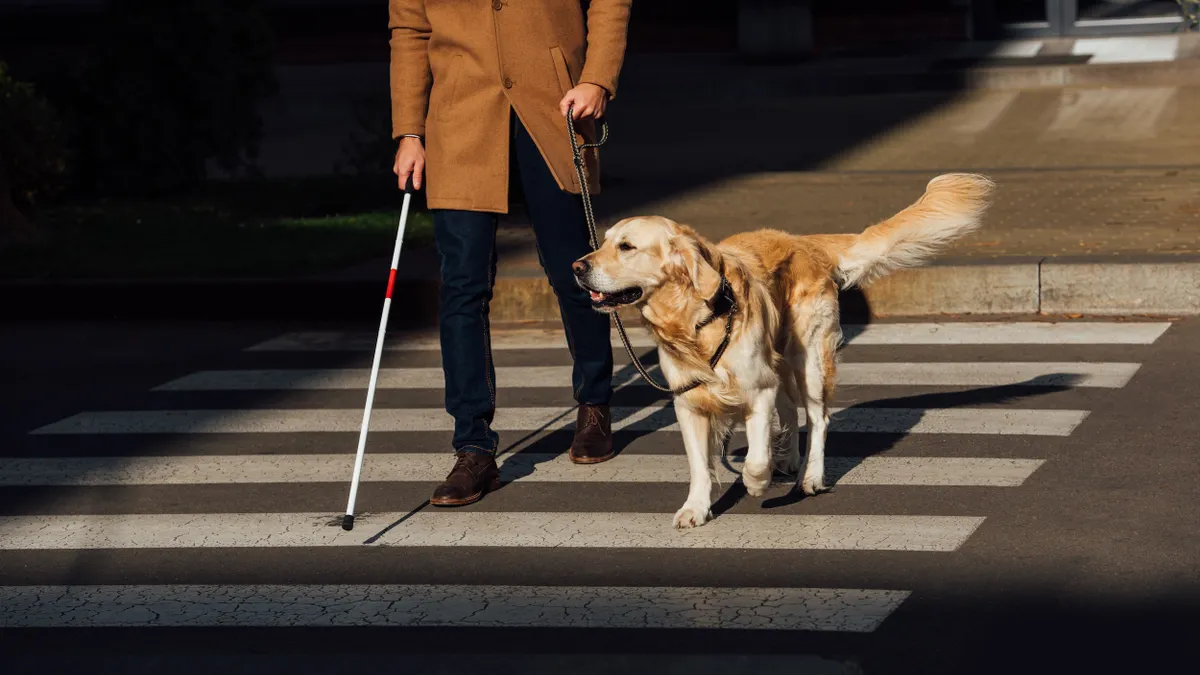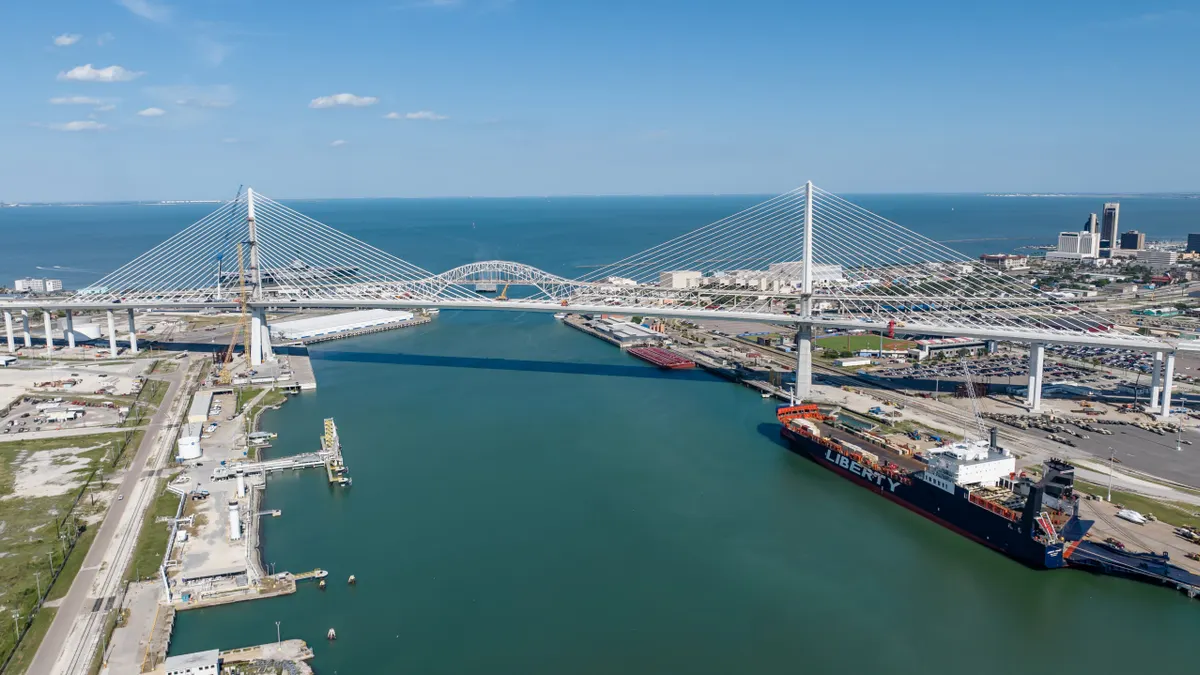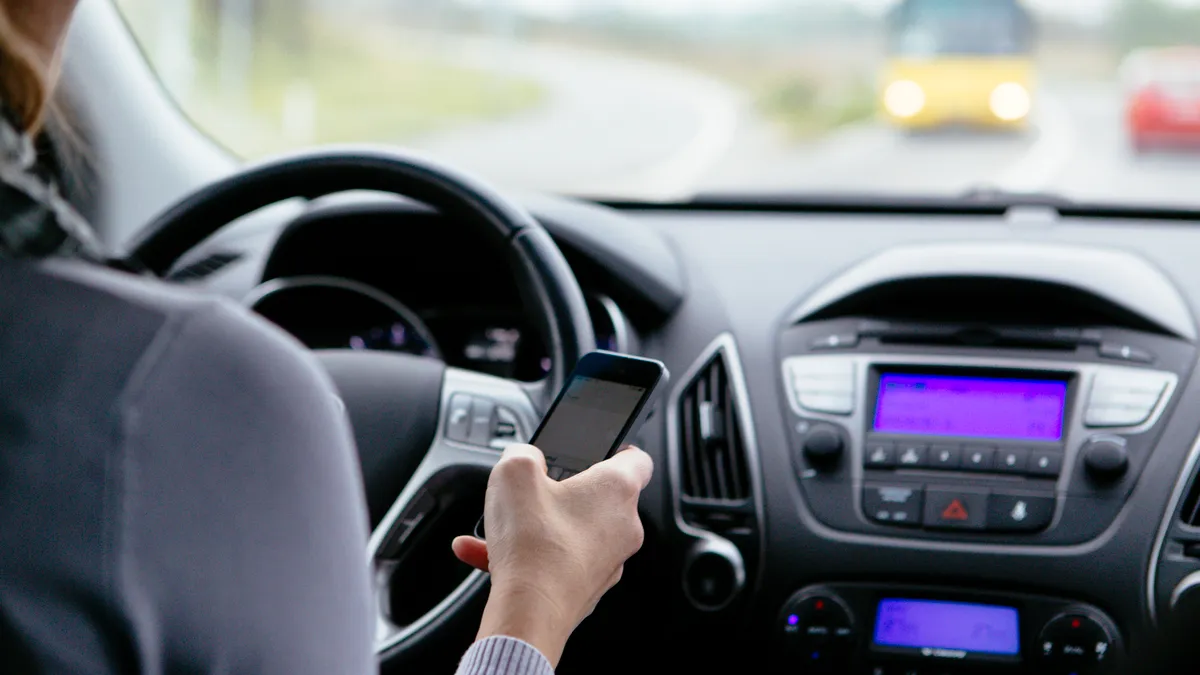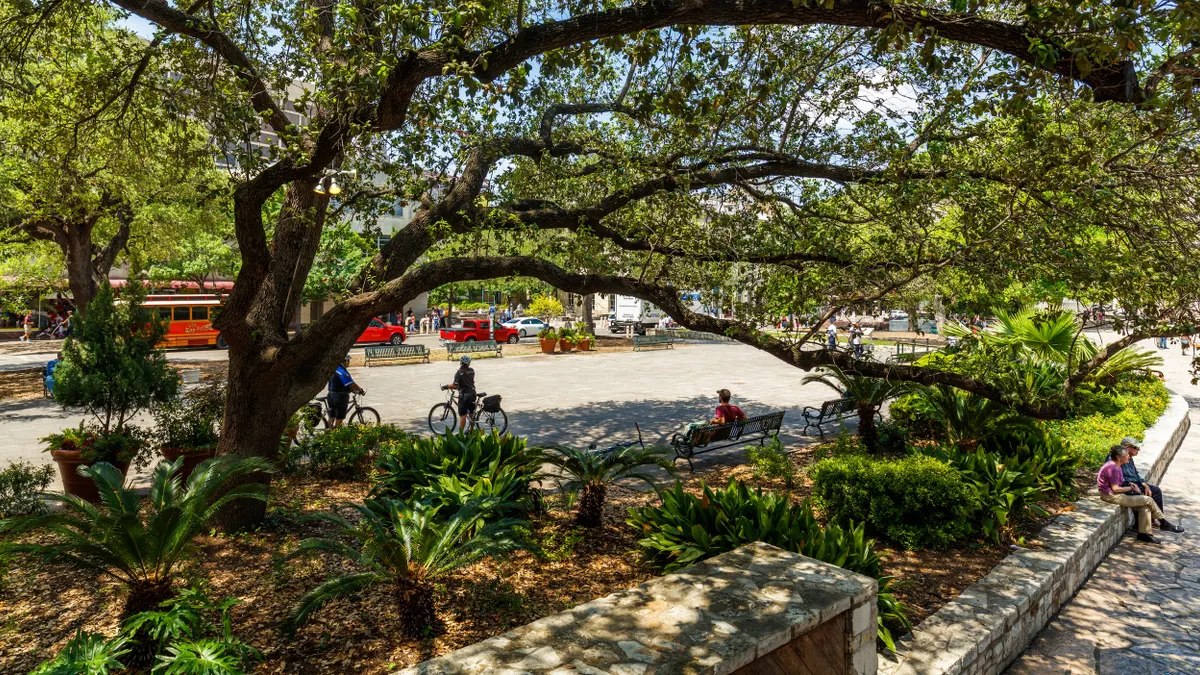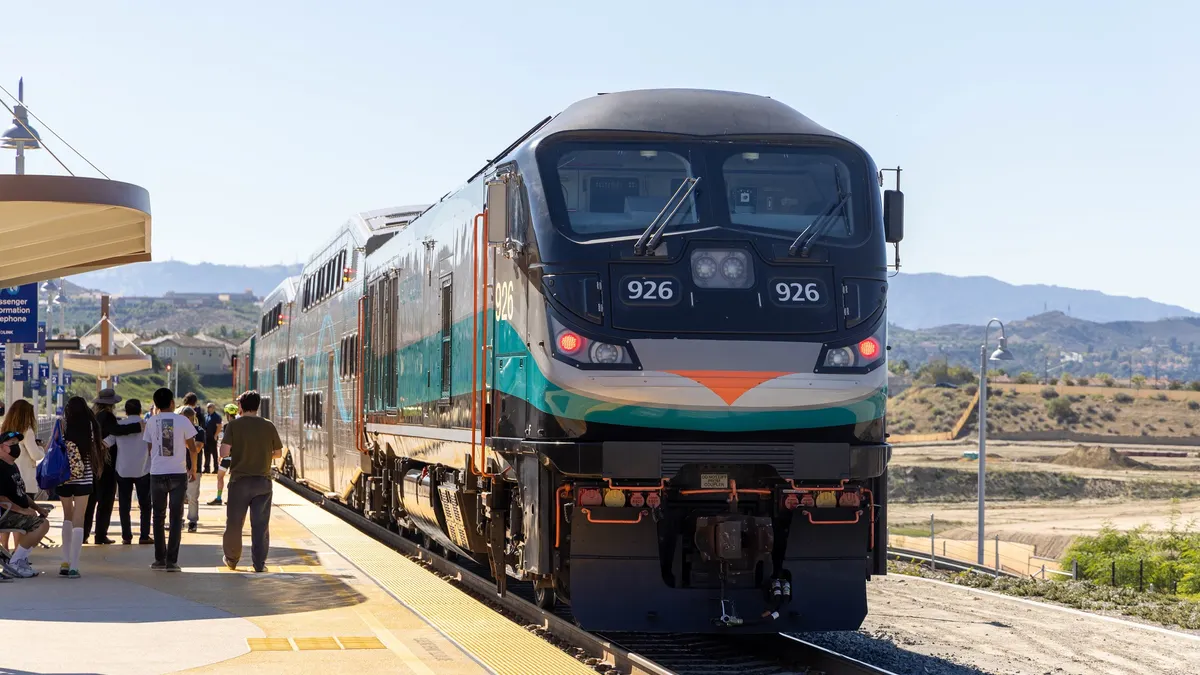Editor's Note: This piece was written by Neil Strother, a principal research analyst at Navigant Research. The opinions represented in this piece are independent of Smart Cities Dive's views.
Urban dwellers contend with congested roads, snarled traffic, and consistent long commutes all the time. These are hallmarks of modern urban life in many cities. City planners and transportation managers recognize the problems as well, since they must cope with the same issues. For many of these urban planners and managers, the situation can seem overwhelming. The pressure keeps mounting, since an estimated 3 million people move to cities each week.
To alleviate these typical transportation problems, urban managers have tried traditional solutions, adding or improving roads, building mass transit systems, or promoting carpooling and HOV lanes. To some extent, those solutions have helped. However, with constrained budgets and a desire for more environmentally friendly approaches, savvy city managers are turning to new technologies to address traffic congestion.
The rise of IIoT
One broad technology trend gaining traction among cities is the Internet of Things (IoT). For these types of use cases, the technology is more aptly called the Industrial Internet of Things (IIoT). Cities are leveraging smart connected assets and sophisticated data platforms, like the latest connected devices in homes such as smart thermostats or remotely-accessed door locks, to help alleviate transportation bottlenecks.
Taming traffic in Seattle
In Seattle, for instance, transportation managers have struggled to alleviate the city’s nasty traffic, which ranks 20th globally for congestion according to experts. The city’s managers chose an IIoT platform that integrates data flowing from local streets, freeways, parking facilities, and dynamic signage systems with other data sources such as weather reports, road conditions, and data about concerts or sports events around the city. The platform’s impact has been positive, giving traffic managers a comprehensive real-time view of traffic, and powerful new tools to identify the snarls and take steps to reduce congestion.
Testing Vehicle-to-Everything (V2X) in San Diego
In the San Diego area, a coalition of cities and vendors has come together to test a fleet of specially-equipped connected Ford vehicles. The aim of the trial is to demonstrate the potential value of a new 5G technology called cellular vehicle-to-everything (C-V2X). The expectation is that C-V2X technologies will become a vital communication layer or IIoT platform, for enhanced car safety, automated driving capabilities, and more efficient traffic flows.
Using direct communication mode, the technology is designed to use wireless technology to enable direct communication among vehicles, pedestrian devices, and road infrastructure such as traffic signs or construction zone gear. The platform uses the 5.9 GHz band without involving a cellular network or requiring a cellular network subscription.
Cameron Coursey, vice president of AT&T Internet of Things Solutions, says this new embedded V2X communication technology “holds great potential to advance safety benefits to all road users.” The trial’s initial testing phase is expected to get underway by the end of 2017.
Embracing connected cars in Stratford, Ontario
City officials in Stratford, Ontario, have a far-reaching smart city strategy. Part of that plan is to not only embrace automated vehicles and become Canada’s first automated vehicle (AV) ready city, but also build the necessary infrastructure to communicate with connected cars on its streets.
The city chose a traffic solutions provider to install its platform in the city’s 24 traffic signals and enable communication between the cars and the infrastructure. The idea is when connected cars approach an intersection, in-car systems can talk with the platform to discover when a light might be about to change, information about the cross traffic, whether emergency vehicles are approaching and the car should yield, or if road hazards or ice should be avoided. The platform was designed as an open architecture to enable other vendors to build new applications on top of it, thus providing some future-proofing functionality.
Growing demand for IIoT
These smart cities projects point to a growing demand among city officials to test and deploy IIoT technologies to help solve urban transportation problems, and create safer, more automated, and more efficient roadways. Other cities are likely to follow with similar projects of their own, though the shape and size of those will vary based on local needs.
Still, the overall trend has legs. Global revenue connected to IIoT transportation device shipments is expected to increase from $2.2 billion in 2017 to nearly $5.7 billion in 2027 at a compound annual growth rate of 10.0%. Additional revenue from related software and services is expected to boost these estimates, with much of the buying activity taking place in North America and Europe. Spending alone does not paint the full picture. To untangle snarled traffic and keep people safe during travel requires managers who can leverage technology investments wisely for lasting improvements. That’s a road we can all hope to travel.






